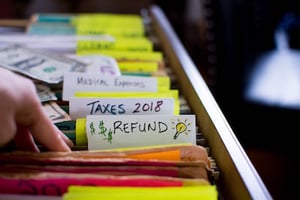 If your small business has fixed assets or property, how do you determine the amount of depreciation to be entered into QuickBooks? Best practice is to use your accountant’s depreciation schedule, adjusting journal entries or an accountant copy update file to bring your QB in line with the tax return. If none are available, use this approach:
If your small business has fixed assets or property, how do you determine the amount of depreciation to be entered into QuickBooks? Best practice is to use your accountant’s depreciation schedule, adjusting journal entries or an accountant copy update file to bring your QB in line with the tax return. If none are available, use this approach:
Tax returns (your Schedule E rental properties) can provide information for updating fixed assets, rental property improvements, depreciation, and accumulated depreciation.
To bring QuickBooks up to date, establish a baseline for your fixed assets: Compare beginning Accumulated Depreciation from the tax return (Schedule L) to the ending Accumulated Depreciation from the prior year in QuickBooks. If the amount on the tax return is greater than the amount in QuickBooks, then not enough depreciation expense was recorded in prior years. To reflect the adjustment in the current year, make the following adjustment:
Debit: Retained Earnings – to record prior-year depreciation expense.
Credit: Accumulated Depreciation
Always check with your CPA before making an entry to Retained Earnings. Record current year Depreciation Expense as you normally would.
If you need assistance with the bookkeeping for your small business, give us a call at 216-333-1303.






